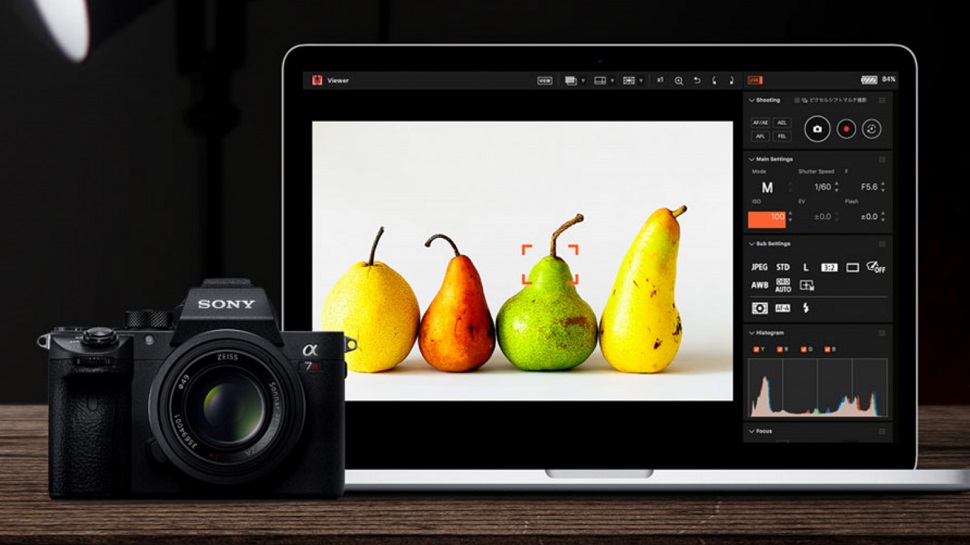Opinion – Camera makers: nobody wants your own-brand Raw software
Holding features hostage to inferior own-brand post-processing software needs to stop

It sure was nice of Sony to include the Pixel Shift Multi Shot mode on the new a7R III. In this mode, similar to the one seen on Olympus cameras like the OM-D E-M5 Mark II, the camera takes four consecutive images in quick succession, shifting the sensor by one pixel each time. This allows full red, green and blue colour information to be recorded for each pixel, rather than the usual process of this being guessed from the values of surrounding pixels, and this results in a combined file with greater richness of colour and dynamic range. Sounds useful, right?
Well, in theory, yes. But the problem is that the process doesn’t produce a standard DNG Raw file that you can process in your software of choice. Instead, you have to use [checks notes] Sony Imaging Edge, a piece of software notable for only being used by people who always click 'Yes' when a random website asks to send them browser notifications. If you want a gauge of how welcome a move this was, third-party software to convert the Pixel Shift Multi Shot files into regular Raw files, usable in a converter that people actually use, already exists.
Read more: The 10 best mirrorless cameras right now
It’s likely that no one reading this is using Nikon Capture NX-D to process their Raw files, nor Fujifilm X Raw Studio or whatever else. Not that we have a problem with companies giving us the option – more choice is always welcome, and not everyone can afford third-party software, after all – but when new cameras come out and the only way to access and process its Raw files is through a poor-man’s Adobe Camera Raw, that tends to stick in the craw a little – especially if we’ve just dropped more than a grand on our new camera.
A while ago, I spoke with a brand ambassador (who shall remain nameless) to gather information for a sponsored advert feature for a now-defunct photo magazine. The feature was about how you could use the brand’s own editing software to get rid of dust spots and other image blemishes, and the conversation could be summed up as two people discovering ever more artful ways to avoid saying the word 'Lightroom' over the space of 45 minutes, a program that would allow you to accomplish all of this much faster. But, of course, we couldn't say that.
We’re not advocating an Adobe monopoly; plenty of alternatives exist, and many are beginning to look more and more enticing as they develop. However, camera brands don’t need to be the ones who provide these alternatives, and they certainly don’t need to hold desirable features hostage to try and force us to use them.
Read more:
Get the Digital Camera World Newsletter
The best camera deals, reviews, product advice, and unmissable photography news, direct to your inbox!
Opinion: DSLRs won’t kill off medium format systems any time soon
Best recovery software for photos
Best password manager
Pixelmator Photo 1.0.2 review
Jon spent years at IPC Media writing features, news, reviews and other photography content for publications such as Amateur Photographer and What Digital Camera in both print and digital form. With his additional experience for outlets like Photomonitor, this makes Jon one of our go-to specialists when it comes to all aspects of photography, from cameras and action cameras to lenses and memory cards, flash diffusers and triggers, batteries and memory cards, selfie sticks and gimbals, and much more besides.
An NCTJ-qualified journalist, he has also contributed to Shortlist, The Skinny, ThreeWeeks Edinburgh, The Guardian, Trusted Reviews, CreativeBLOQ, and probably quite a few others I’ve forgotten.

